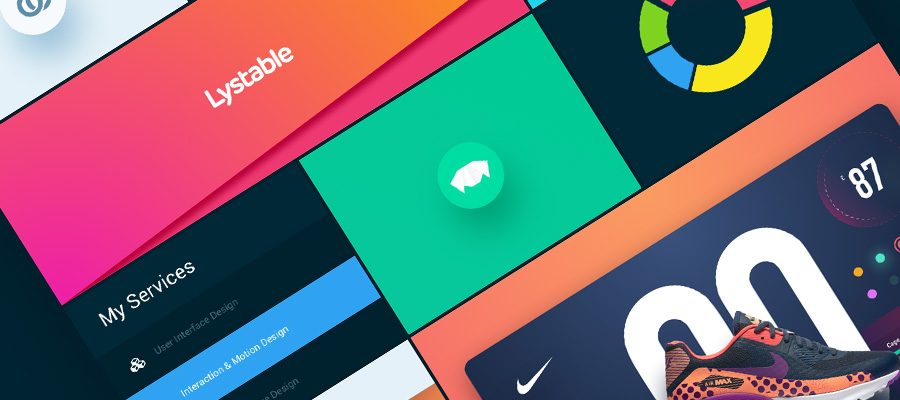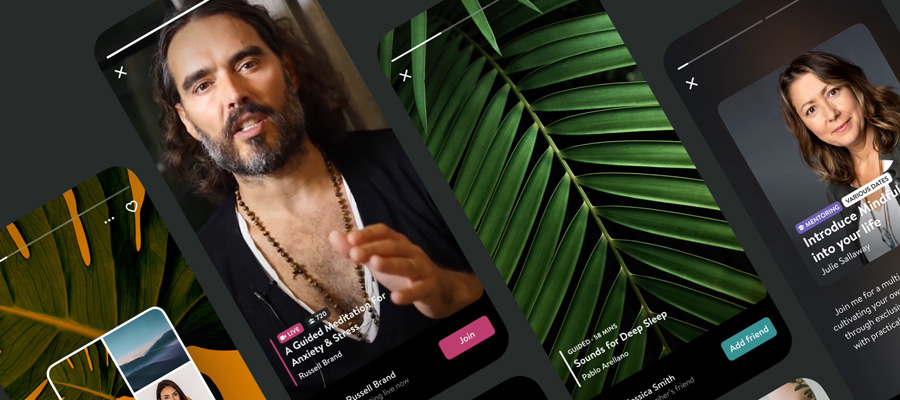Over the last decade, social media has become a key component in digital marketing. In fact, you cannot think of digital marketing without considering social media. It has become a dominant force for businesses to reach target markets that they have never reached before. Small businesses were able to create brand awareness with customers on the other side of the world whose interests, behaviors, and needs aligned with the brand.
If you haven’t already jumped on the social media bandwagon and are wondering what the big deal is, here are some stats to change your mind instantly. Of the seven billion people in the world, over 3.4 billion are currently on some kind of social media. Over 5 billion have access to a mobile phone, and 3.2 billion use social media with it. These are numbers that you simply cannot ignore.
What is important to know, however, is that social media is an ever-evolving entity. What you knew two years ago will probably no longer be relevant for social marketing. In fact, if you are not keeping up to date constantly with the changing face of social media, you will get left behind. We thought that we would take a look at some of the top innovative trends that you need to know going into 2021, and how you can use these to reach your customers.
Ensure Strategized, and Uniform Content is Posted
The first thing that you need to know is how to strategize, plan, schedule, and post content. Content is one of the biggest drivers of traffic and conversions in digital marketing and will need to take up a large part of your digital marketing strategy.
Work out a content calendar that will help you capitalize on current events, trends, and seasonal holidays. Map out a strategy at the beginning of the year to match content to significant events like Christmas, the start of summer. Make sure that you remain flexible though. As we have seen in 2020, unexpected shifts can take place and you will need to adapt and launch unique content based on that.
Keep your content uniform across the company and across your social platforms. Blog posts should be written and posted twice or more a week. Align the blog posts to any special offers or discounted products and carry this through your social media.
Your emails, Instagram, Facebook, and Twitter posts should all carry the same theme and be posted around the same time. It may seem daunting and time-consuming, but luckily, there are tons of great Social Media management software solutions for you to choose from that will help take the hassle out of scheduling and getting everything posted at the right time.
Make Use of Micro-Influencers
Forget about celebrities making big bucks from pretending to wear small, unheard-of brands, and posting sickly sweet copy and paste efforts. 2020 has warmly welcomed micro-influencers. No longer will you need to fork out thousands of dollars for a one-time post that gets minimal engagement from a fan-base that might have a couple of potential customers.
Micro-influencers are social content creators who have between 10,000 to 50,000 followers. They differ from macro-influencers in the way they create content that their followers organically want to follow. Their followers share their interests and behaviors and either take advice or actually learn something from the page. They typically build content around travel, fashion, beauty, photography, finance, cooking or cars, and bike-related topics.
It is advisable to find an influencer that can complement your brand. Say, for example, you are an insurance company. Look for a car personality or well-known financial guru to partner with to share relevant content. Creating a partnership with these kinds of profiles means that your brand will actually be seen by a target audience who is already interested in the topic.
These influencers will usually be more informative than macro-influencers, able to give advice and be educational. They spend more time on compiling the posts and will usually engage with their fans and discuss your brand.

illustration by Kristina Zeljukina
Use Social Platforms As Your Point of Contact
Social platforms have, over the years, become more and more of a customer service portal for customers. Granted, telephone and email remain two of the most dominant ways that customers get in contact with businesses, but social media has provided alternative ways for millions of people.
Not only is the messaging instant, and brands are usually very communicative and responsive on social media, but customers can also refer to social pages like Facebook for an overview of the company. They use reviews from other customers and general comments on posts to establish a general idea of the company’s reliability, professionalism, transparency, and efficiency. If the general response to posts is somewhat negative, the customer is going to move on.
Social media also allows your customers a way to contact you instantly if they have questions, complaints, or just need some troubleshooting. It is important to ensure that you are available for quick responses and open communication. Set up an automatic response on Facebook letting your customer know that you will respond shortly. Not only will this keep your response time stats high, but it heightens customer satisfaction.
Build Your Social Communities
If anything, 2020 has shown just how important it is to build social communities on social platforms. No longer are you just posting to reach one or two customers, you are now posting for a loyal following and fan-base.
Using the right content, making yourself available, and engaging with your customers is one start, but actively taking part in social media is the next step. Creating and joining groups that are aligned to your brand and get involved with conversations happening on the platforms to extend your reach.
Lastly, ensure that you are using the platforms to tell a story. Not only is video a powerful traffic driver, but the instant stories allow you to seem more approachable and genuine to your customers. Make use of these to create a personal identity and be relatable to your customer.
Wrapping Up
More so than ever, brands have had to create a personal interaction with each one of their customers. 2020 has shown just how important it is for brands to be empathetic, ensure personalization, and be open for communication. The customer journey is a vital element to consider in the digital marketing strategy, and all communication touchpoints, especially social media, need to be optimized, brand-aligned, and personalized.




















